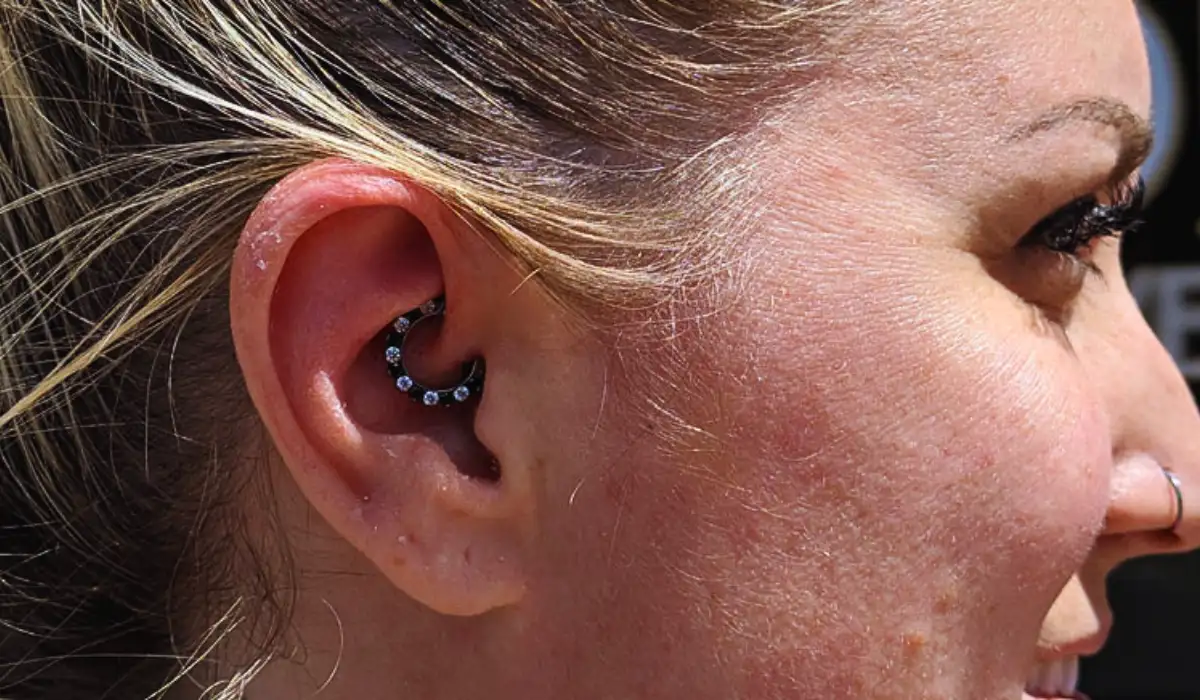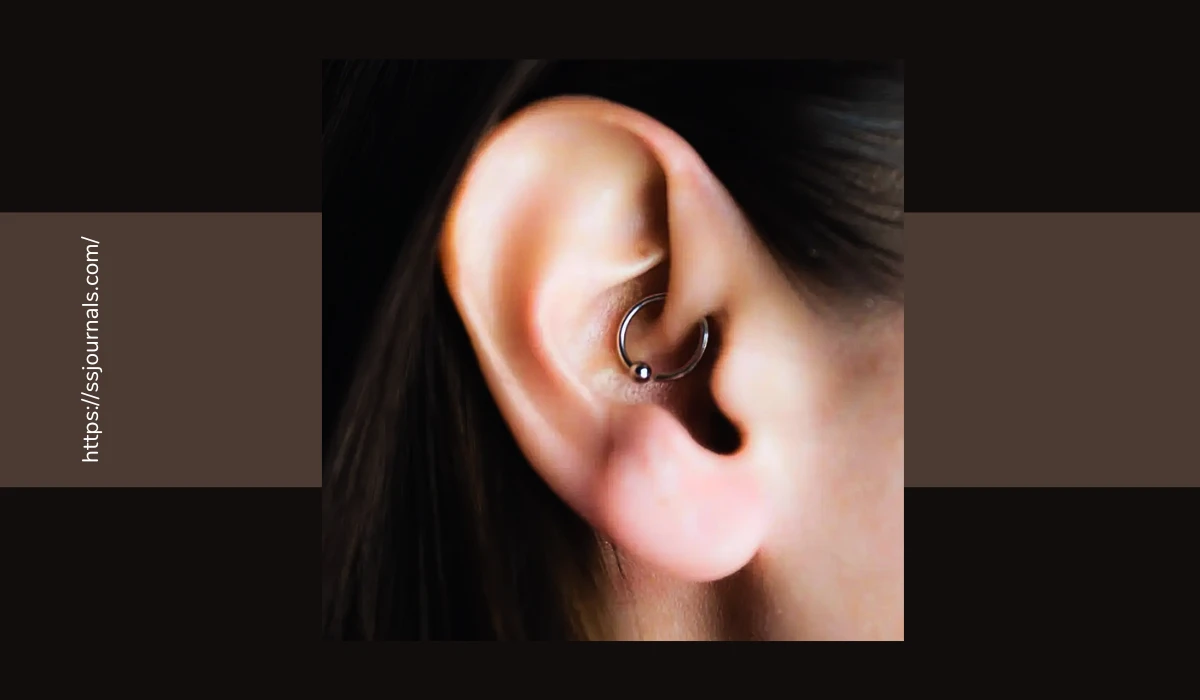A daith piercing is a unique and intriguing type of ear piercing that has gained popularity in recent years, not only for its aesthetic appeal but also for its potential health benefits. Located in the innermost fold of the ear cartilage, just above the ear canal, the daith piercing has been the subject of much discussion within the piercing community and beyond.
While some individuals are drawn to the daith piercing purely for its distinctive appearance, others seek it out as a potential alternative therapy for conditions such as migraines and anxiety.
In this article, we will delve into the world of daith piercings, exploring their history, the process of getting one, and the potential benefits and risks associated with this fascinating piercing. Whether you’re considering a daith piercing for yourself or simply curious about this trending topic, read on to discover everything you need to know about this intriguing ear adornment.
What is a Daith piercing?
The daith piercing is named after the Hebrew word “da’at,” which means “knowledge.” It is believed to have originated in the 1990s, although its exact origins remain somewhat obscure.

The piercing is performed by inserting a hollow needle through the small fold of cartilage located just above the ear canal, known as the crus of the helix.
This area can be challenging to pierce due to its tight curves and relatively small size, requiring a skilled and experienced piercer to ensure proper placement and minimize the risk of complications.
Is it painful?
One of the most common questions surrounding daith piercings is whether they are painful. Daith piercing pain is a concern for many individuals considering this type of piercing. As with any cartilage piercing, a daith piercing can cause some discomfort during the procedure and throughout the healing process.
However, many people report that the pain is manageable and comparable to other cartilage piercings, such as a helix or tragus piercing. Factors such as individual pain tolerance, the skill of the piercer, and aftercare practices can all influence the level of pain experienced.
Is daith piercing worth it?
In recent years, the Daith piercing has gained attention for its potential to alleviate symptoms of migraines and anxiety. Daith piercing for migraines has become a popular topic of discussion, with some individuals who suffer from these conditions reporting a reduction in the frequency and intensity of their symptoms after getting a daith piercing.
Similarly, daith piercing for anxiety has gained interest as a potential alternative therapy for those seeking relief from anxiety symptoms. While the exact mechanisms behind these potential benefits remain unclear, some theories suggest that daith piercing may stimulate pressure points or nerve endings in the ear, similar to the principles of acupuncture.
It is important to note that the effectiveness of daith piercings for migraines and anxiety is largely anecdotal, and scientific research on the topic is limited. While some people may experience relief from their symptoms, others may not notice any significant changes.
If you are considering a daith piercing for its potential health benefits, it is essential to consult with a healthcare professional to discuss your options and determine whether this approach is right for you.
What next?
As with any piercing, proper aftercare is crucial to ensure healthy healing and minimize the risk of infection or other complications. After getting a daith piercing, it is essential to keep the area clean and dry, avoiding touching or rotating the jewelry until the piercing has fully healed.
Healing times can vary, but most daith piercings take between 6 to 12 months to heal completely. During this time, it is essential to follow the aftercare instructions provided by your piercer and to be patient with the healing process.
While daith piercings can be a beautiful and meaningful addition to your ear jewelry collection, it is essential to consider the potential risks and complications associated with any piercing. Infection, allergic reactions to jewelry materials, and the formation of keloids or other scar tissue are all possible side effects of a daith piercing.
To minimize these risks, it is crucial to choose a reputable and experienced piercer who uses sterile equipment and high-quality jewelry and to follow proper aftercare practices.
Conclusion
In conclusion, the daith piercing is a fascinating and increasingly popular ear piercing that has captured the attention of many individuals seeking both a unique fashion statement and potential health benefits.
While the effectiveness of daith piercings for migraines and anxiety remains largely anecdotal, some people have reported positive experiences with this alternative therapy. As with any piercing, it is essential to carefully consider the potential risks and benefits and to approach the decision with realistic expectations.
If you are interested in getting a daith piercing, be sure to do your research and choose a reputable piercer who has experience with this specific type of piercing. Don’t hesitate to ask questions and voice any concerns you may have, and be prepared to commit to proper aftercare practices to ensure the best possible healing process.
While a daith piercing may not be a one-size-fits-all solution for migraines, anxiety, or other health concerns, it can be a meaningful and beautiful addition to your style. Whether you’re drawn to the daith piercing for its aesthetic appeal or its potential health benefits, remember to approach the decision with an open mind and a commitment to self-care.
Who knows – a daith piercing may just be the perfect addition to your ear jewelry collection and a step towards improved well-being. Have you ever considered getting a daith piercing, and if so, what drew you to this unique and intriguing ear adornment?

